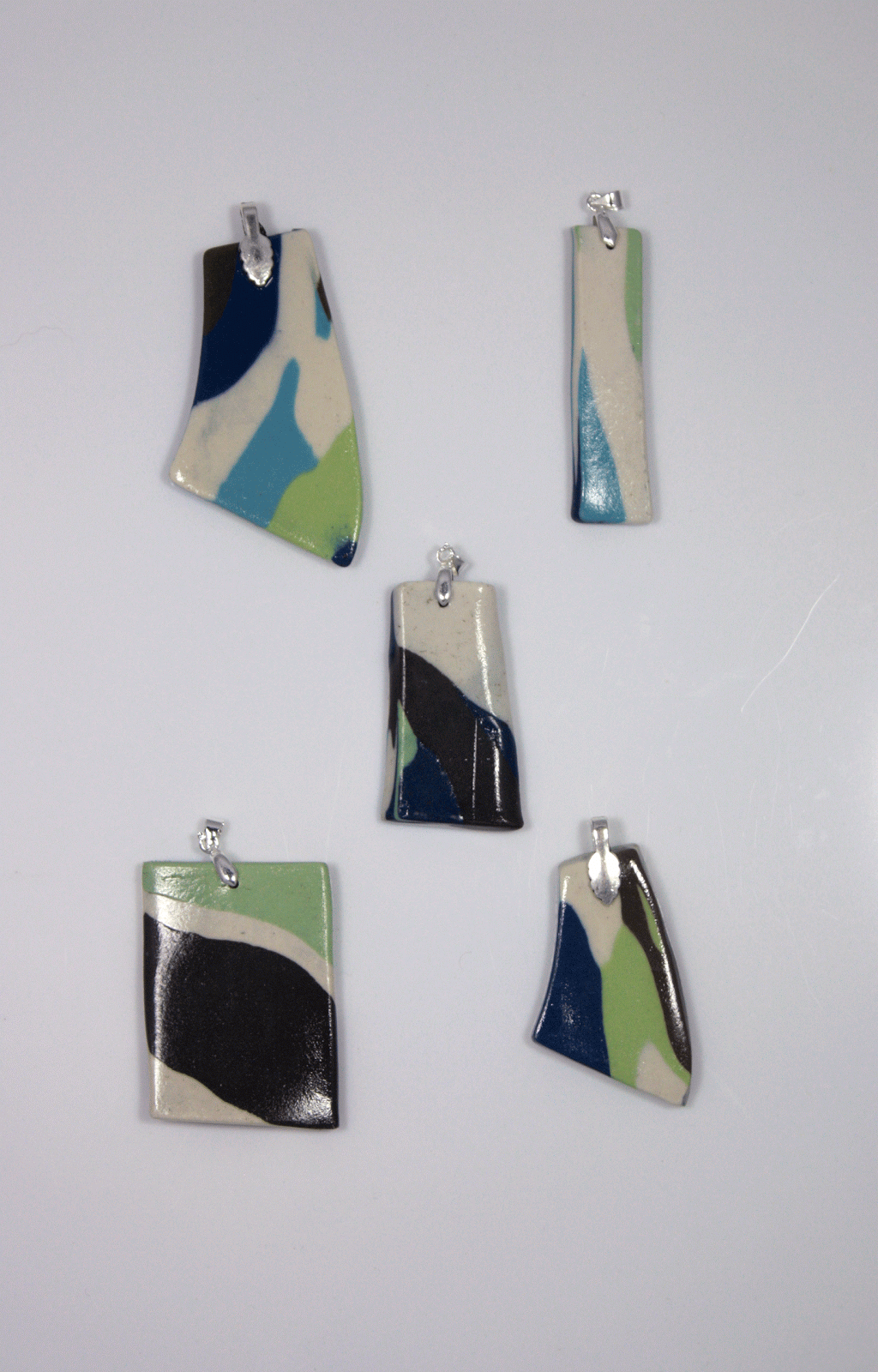I am always interested in change. One I find particularly interesting is the development of 3D ceramic printing and its part in the ceramics industry today.
Time and technology has changed many art and craft practices. I was trained in photography at a time when digital photography was just starting, incredibly expensive and just not comparable to the normal analogue practice at the time. Within 5 years of starting my course digital photography had taken off and was fast becoming industry standard. My first job leaving uni was the scanning and "photoshopping" of slides meant for desktop publishing applications. You wouldn't even use film anymore in this instance and the task is redundant.
In the distance I can see 3D ceramic printing opening up a wealth of options for the ceramic artist today in terms of making. How far that distance is is any ones guess. One company that is making leaps and bounds is a US company called Shapeways. Some of the pieces produced are really interesting although not that interesting in terms of design yet. The users are generally those trained in 3D CAD applications who from what I can tell aren't really designers of ceramic works, or never practiced the craft. I may be wrong though. Either way it seems there is still a long way to go to making this technology work for either practicing designers, commercial manufacturing or the hobbyist.
Hyperclay held at Object Gallery in the middle of the years also addressed this technology. Is the technology part of ceramics or part of engineering or the printing industry? I would say a bit of all. As with most technologies in their infancy there is still ongoing research as to the best method of production. Robert Bamford went down the path of printing like a laser printer using clay with a slip like consistency. From the piece I saw it looked like precision was difficult and I would also image size would be limited as the piece would need time to dry unless there was another way to support it. Overall this method seemed doomed to me. Unless some method of introducing a mould was made, which I guess would defeat the purpose.
Shapeways has an interesting approach of using laser printing to cut into dry blocks of clay, so the work is cut out of clay. I find this technique really interesting. I would imaging because of the technique the usual process for firing may differ as the clay body would most likely differ from the clay bodies used today in production work. I would love to know more about this but I imagine that its not something that is being published that often as it could be patented. How does shrinkage work with a dry clay body being fired? It would shrink at all in the first firing?? There would have to be something fluid holding the clay together in the block unless it is that compressed it doesn't move?? So many questions...
I can imagine one day that you could print a mug or your dinner set as easily as you can now print an image on a mug. Given you know how to use a 3D CAD application which are also getting easier day by day, I can see it one day happening. So how does that effect the ceramic industry. Is it a good or bad thing or does it just give ceramicists another "tool". Mind you the work would still needs to be fired and glazed. I would image you would complete your design and select from a range of glazes and then get the product. So as long as your idea fits into those parameters you would get the object that you want. I would imaging that many "ideas" would still fall outside of those parameters while the technology is developing. However its an interesting concept. It might be a much easier way to product small run customised wares. Where would printers fire this work? Is it viable?
It could mean lots of interesting avenues for the craft and may see students and designers coming back to the medium. What does it mean for commercial mass production?? Will the focus move off China?? Will custom work make a come back?? Does it make ceramics more accessible to anyone interested in DIY or homemade craft?
I think if you let it take a negative effect on your practice then it will. If you compete with it rather that accept and encourage it, it could cause some damage to your business. Personally I would love to give it a go.
.jpg)

.jpg)


















